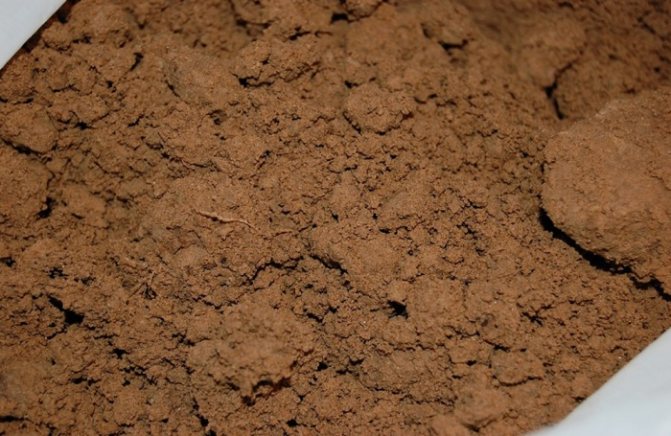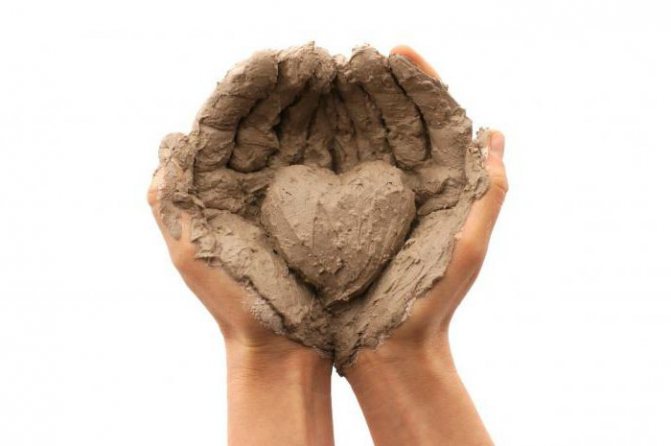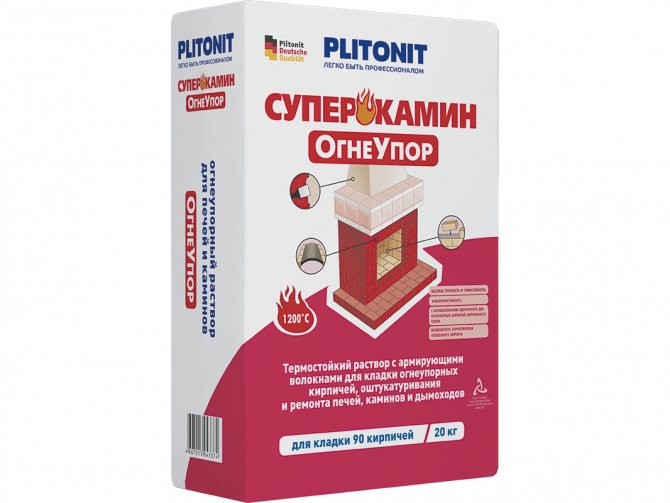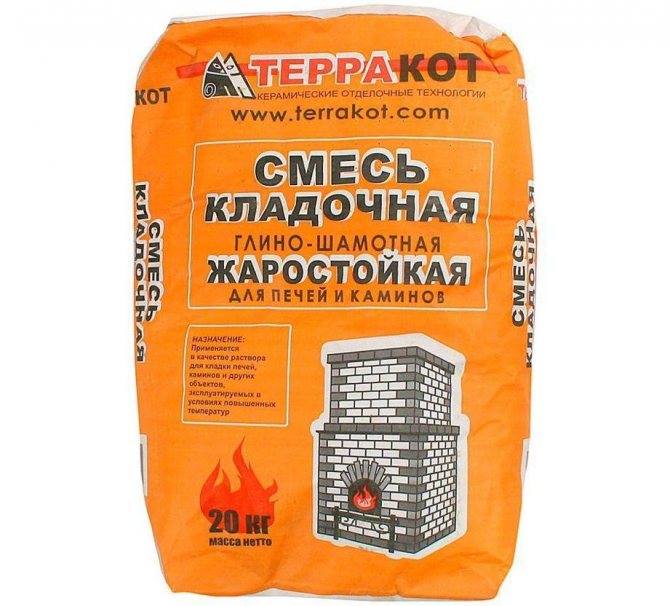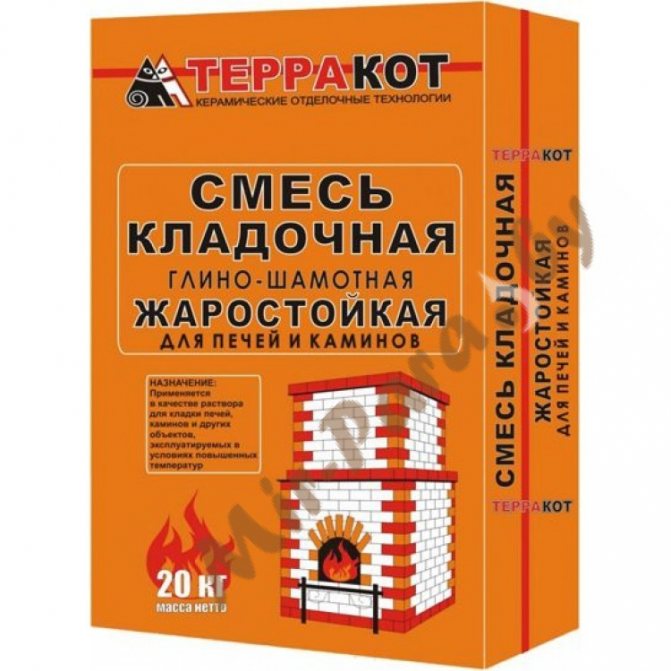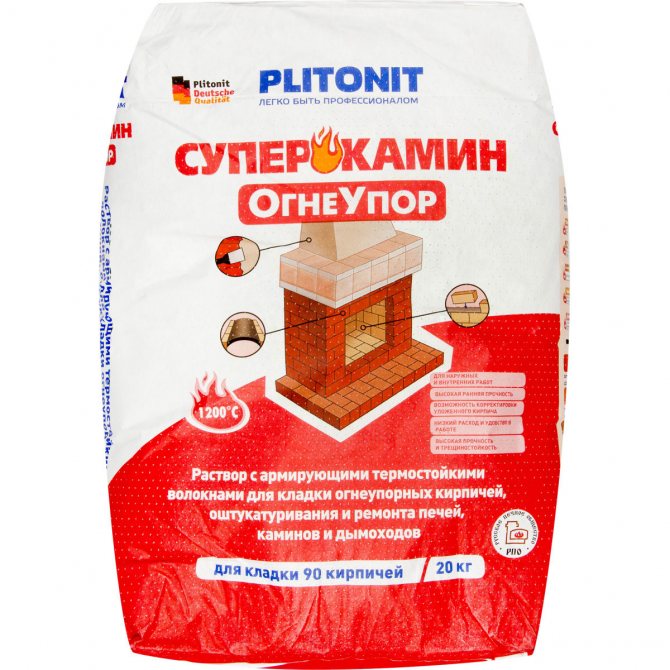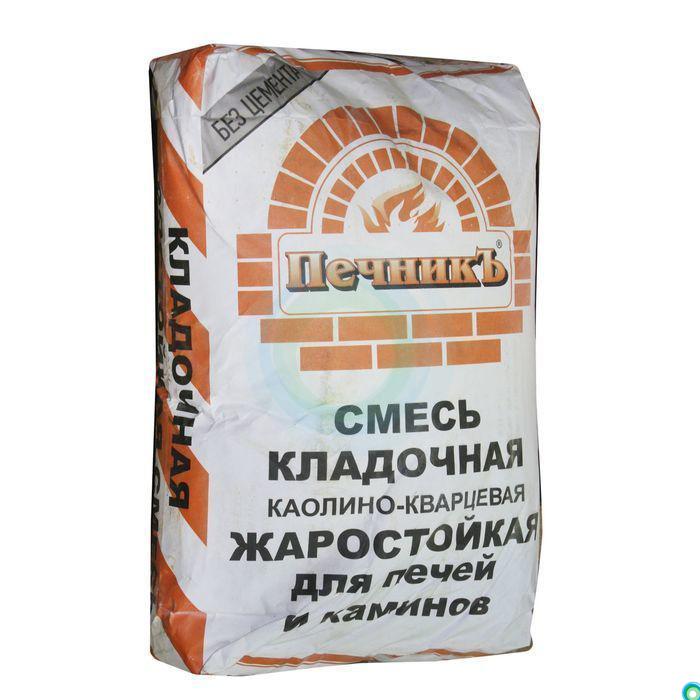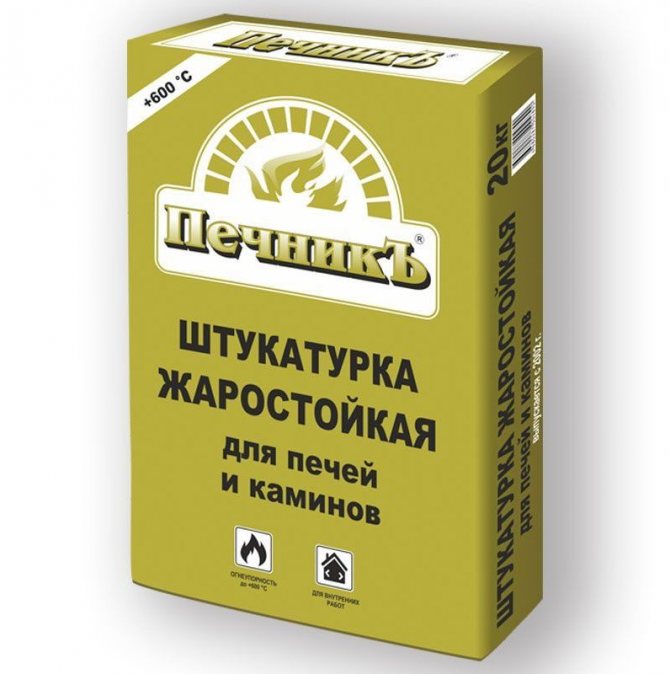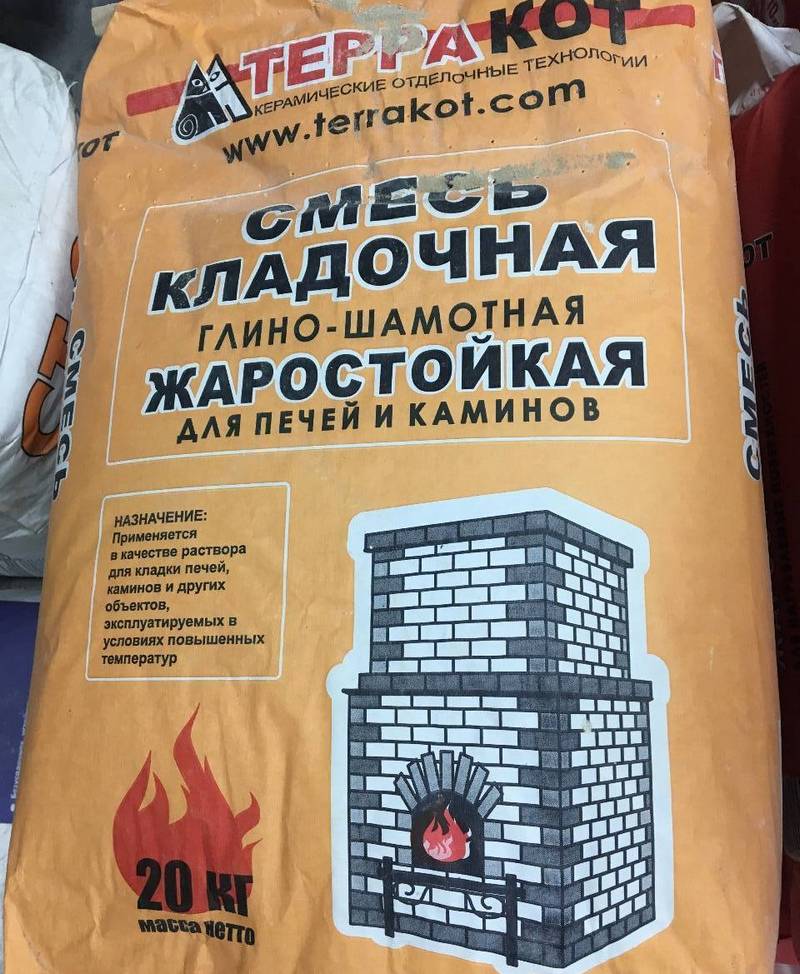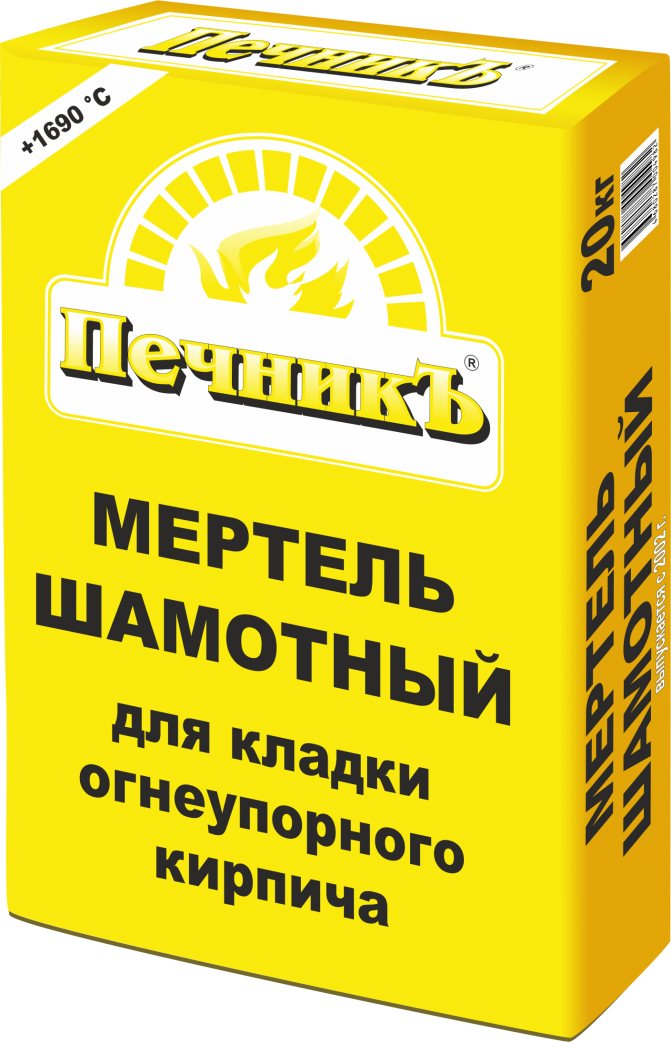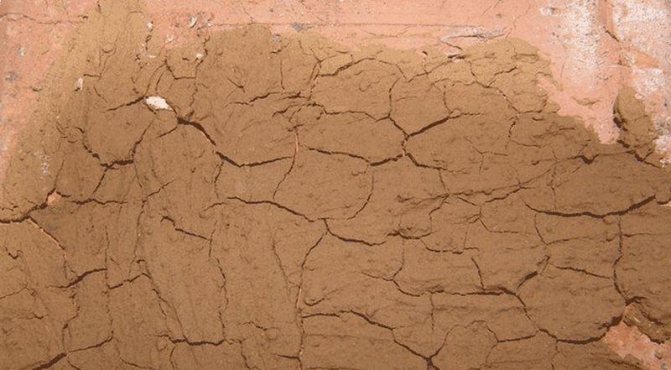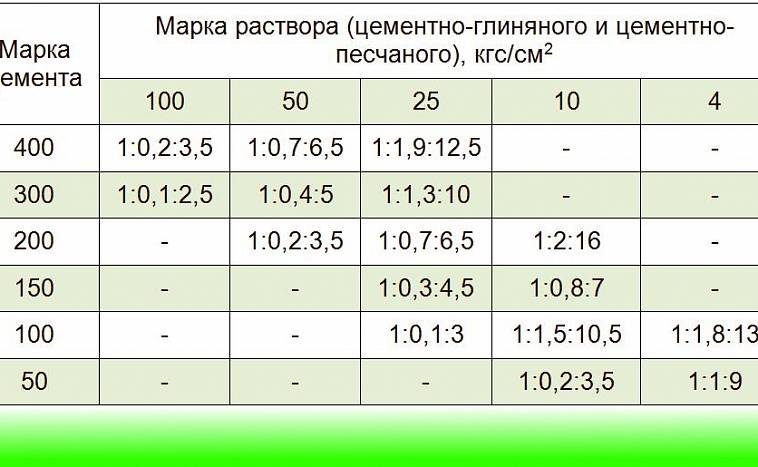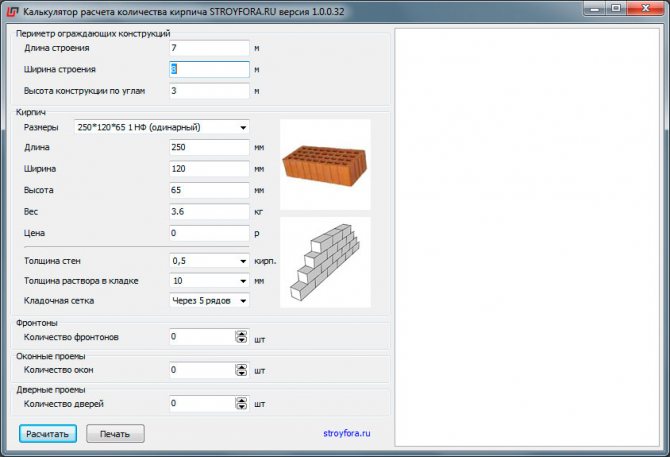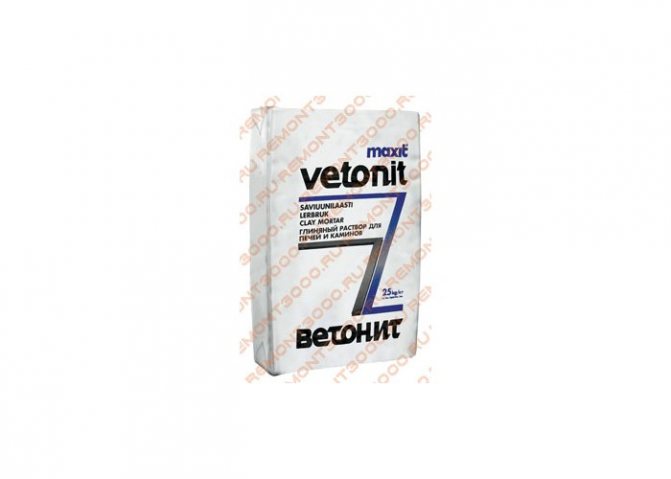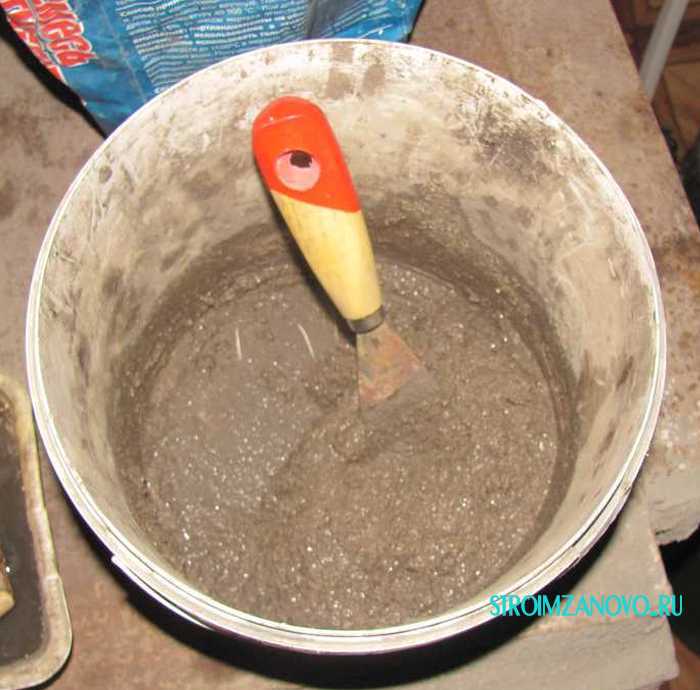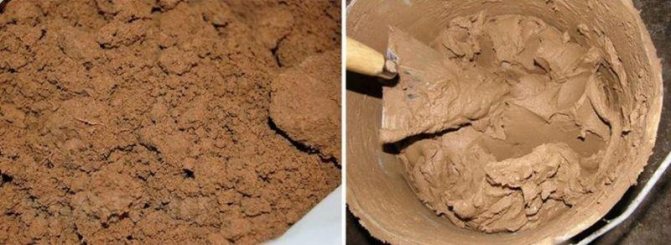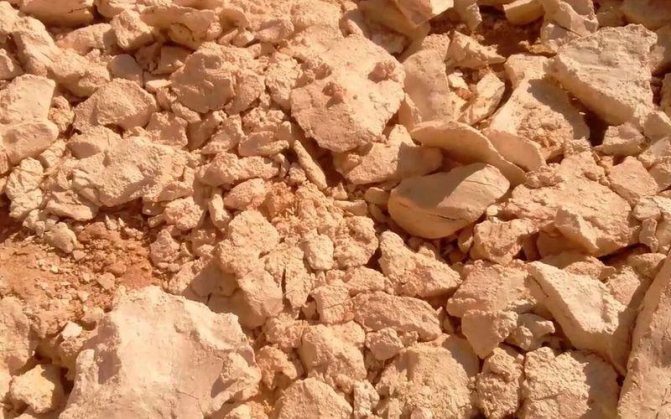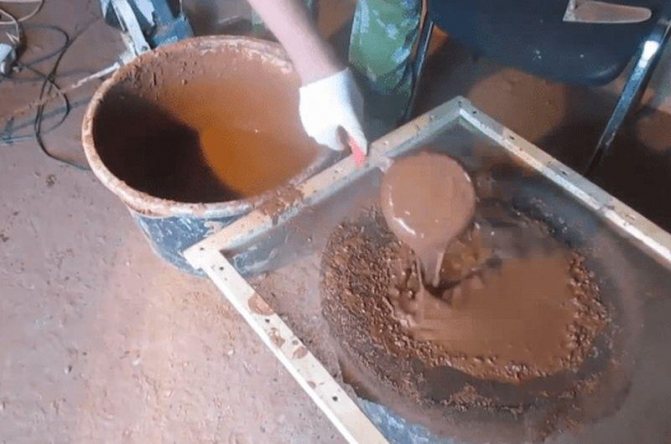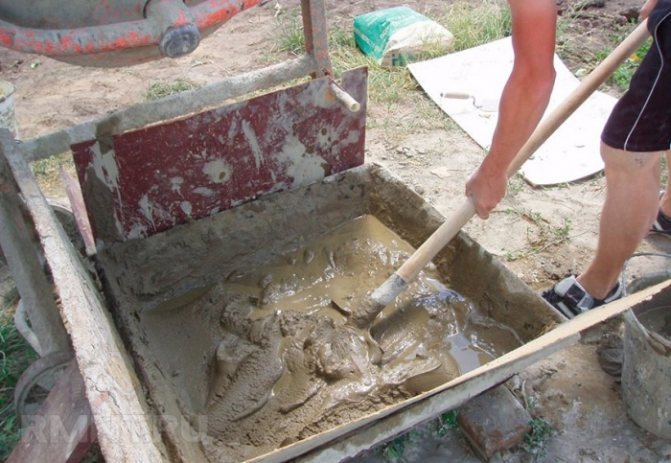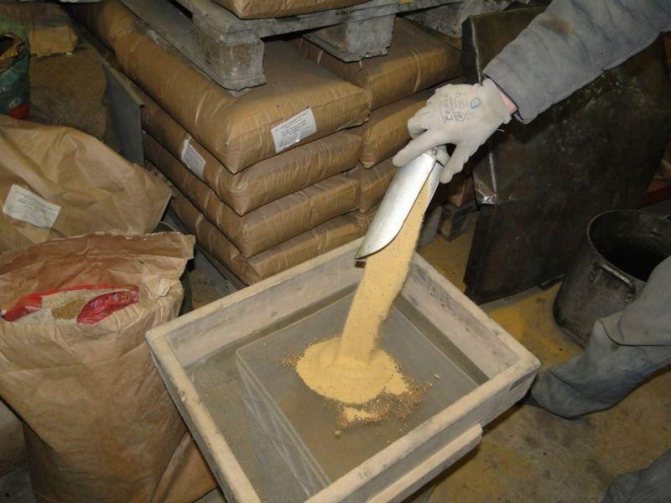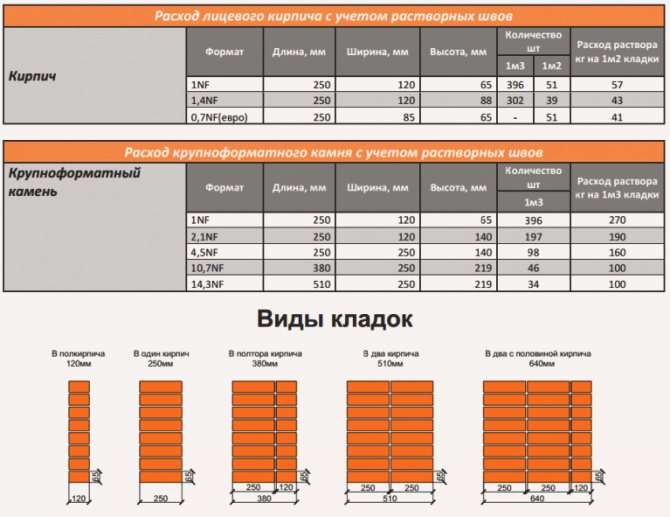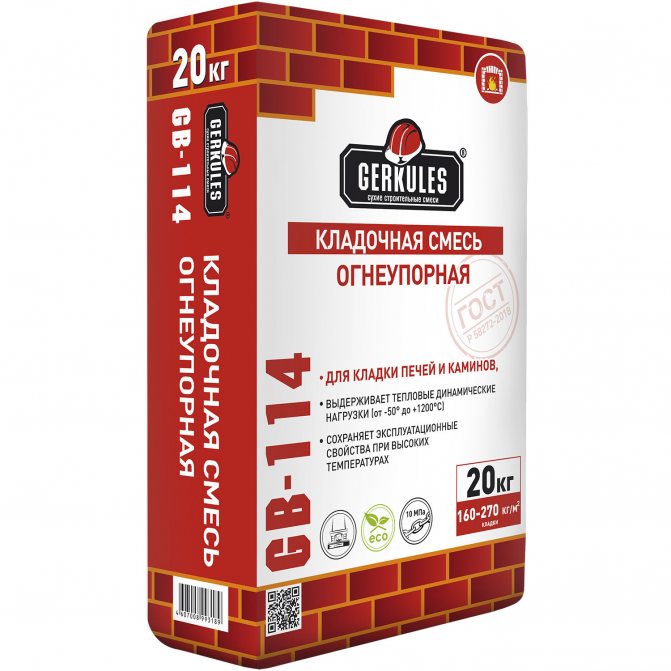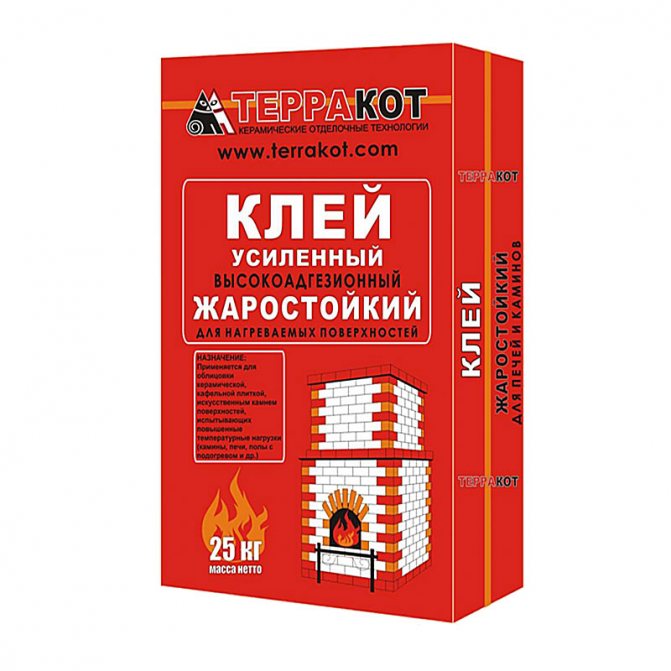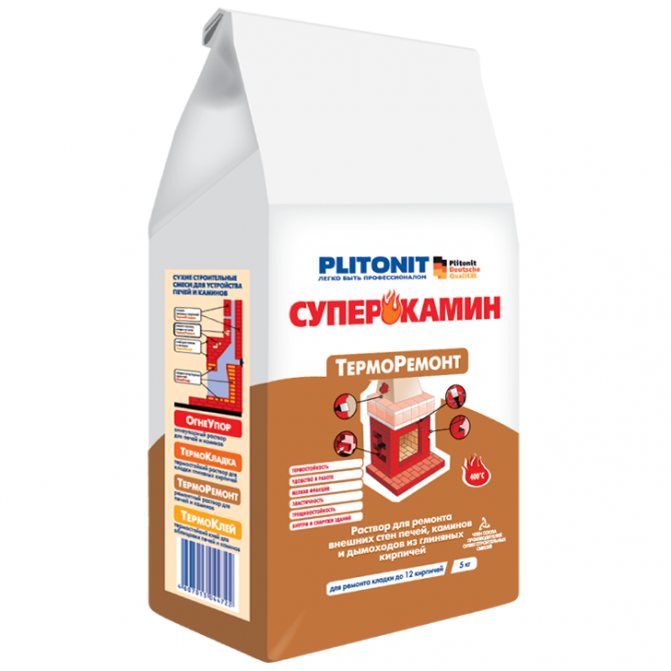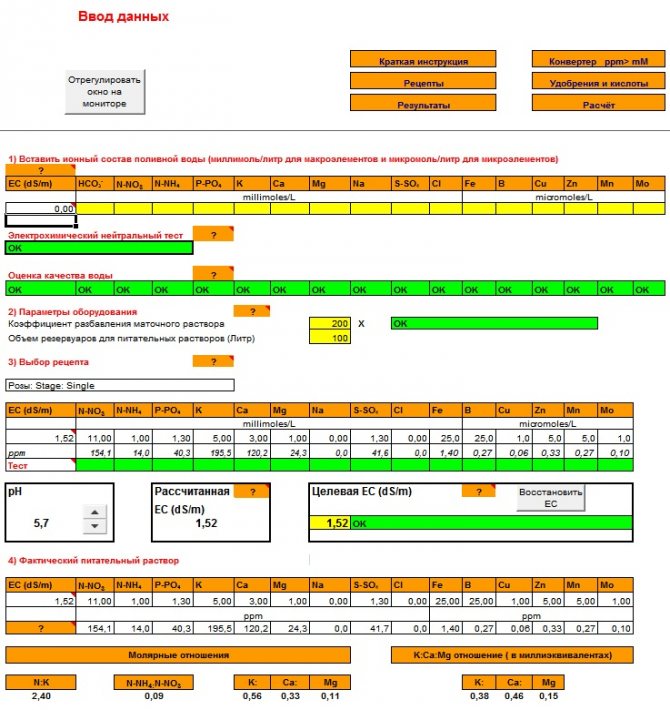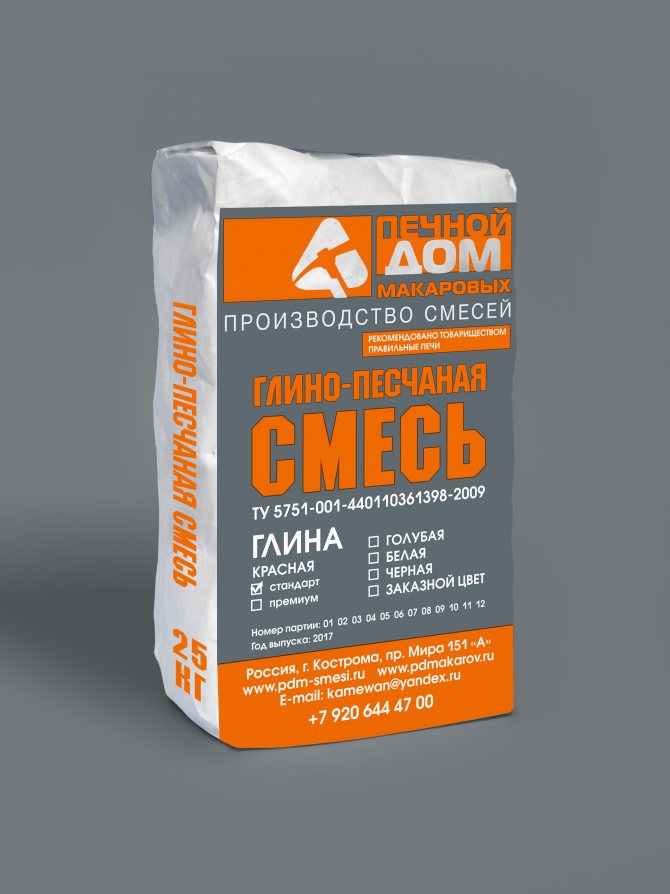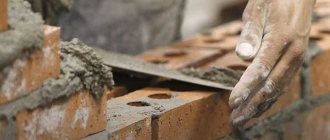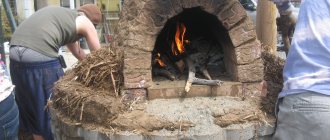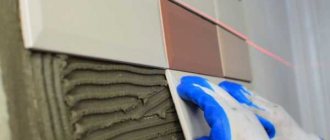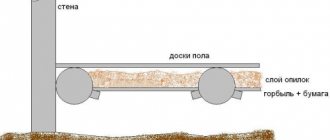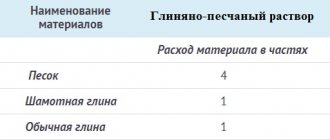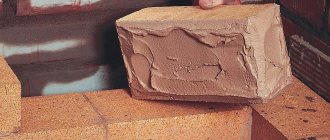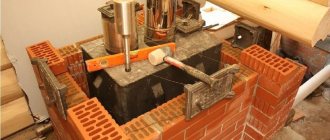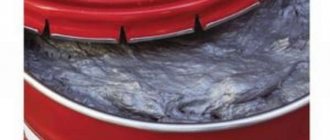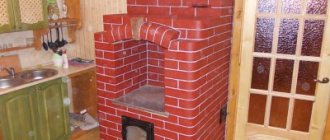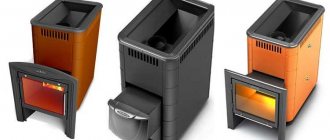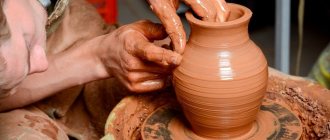Specifications
Fireclay fireclay is fired in special drum furnaces at a very high temperature. During processing, all moisture will evaporate from it. As a result, it becomes like a stone. At the final stage, pieces of clay are ground in mills to fine or coarse grains. According to the regulations, fireclay clay must have the following characteristics:
- moisture absorption - about 7.8%;
- grain size - 1.9 mm on average;
- moisture content - no more than 5%;
- fire resistance - 1530-1839 C.
The main advantage of chamotte clay is that it does not shrink. Consequently, masonry joints and plaster do not crack when dry.
Considering the technical characteristics of chamotte clay for plastering a furnace, the following should be noted:
- The grain size corresponds to two millimeters.
- Chamotte of high firing absorbs no more than 10% moisture, and low firing no more than 25% moisture.
- The maximum temperature that the material can withstand is 1850C.
- The moisture content of quality material does not exceed 5%.
When determining the required amount of material, you should know:
- A standard clay package of 20 kg is enough to stack 30 bricks.
- For 1 m3 of masonry, you should purchase 100 clay.
- The solution, prepared in strict compliance with the technology, becomes absolutely solid after 24 hours, provided that the air temperature does not drop below 10C.
Polymer clay as a source of inspiration
When using polymer clay, firing is not necessary, but it creates a stunning effect of realism on the subject. It looks very impressive.
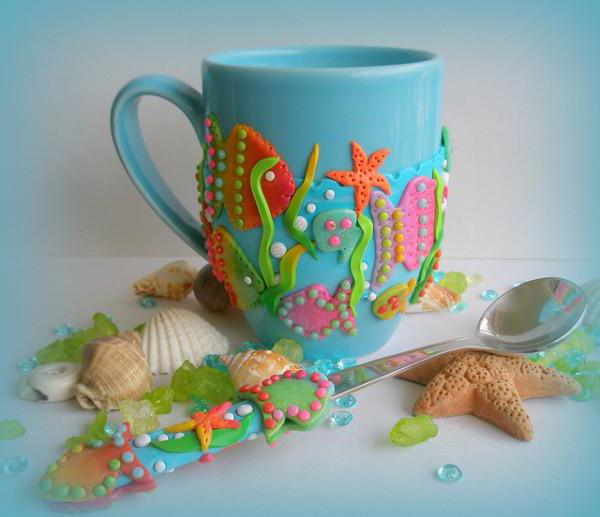
Firing polymer clay can be carried out in an oven with a thermostat and on a homemade oven. But the most convenient way is the airfryer. When creating flowers, the airfryer will not work, as they will become thin. They need a temperature in the range of 110 to 130 degrees.
This means that none of the proposed methods work. Therefore, firing clay for flowers is best done in glassware.
How to knead correctly
This material is sold in hardware stores, usually under the name kaolin. The most popular is dark chamotte clay. For stoves and fireplaces, or rather, for their masonry, it fits just perfectly, repeating the color of the brick. Plastering is often done with a light cream or white kaolin composition.
- The powder is poured into some suitable container.
- Warm water is poured from above. After that, the clay must be left to infuse for three days. This will increase the plastic properties of the fired material. The store sells specially prepared clay, which does not require three days of infusion. However, such material is more expensive.
- Next, the clay is thoroughly mixed. To obtain the desired consistency, you can add both a little clay and water to the mixture. This will not affect the quality of the finished solution.
After three days, the clay is thoroughly mixed with water.
Clay crafting
If you want to use clay without firing, then you need to choose it with polymer additives.
Before starting modeling, polymer clay must be thoroughly kneaded with your hands, knocked with your palms. From these manipulations, excess air will come out of the material. This is necessary if you still decide to fire (but not necessarily). It is more convenient to shape the product by working with two hands, starting with the largest objects and ending with the smallest ones. A stack will come to your aid, this is a sculpting tool.When the work is completed, wipe the product with a damp sponge or brush.
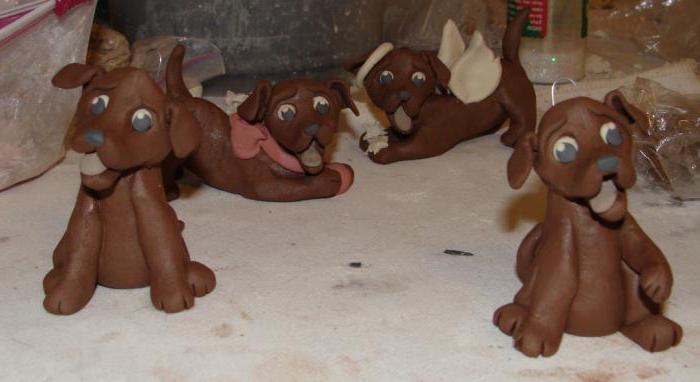

How to make masonry mortar
If clay is needed for the construction of a stove or fireplace, quartz chamotte sand should be added to it in a 1x2 ratio. Normal mixing is not recommended. The fact is that simple sand has a higher coefficient of expansion than chamotte clay. Therefore, it is completely unsuitable for laying stoves. When using it later, during the operation of the furnace, cracks may appear in the seams.
River sand for fireclay mortar is also not suitable. It does not provide the proper level of adhesion to all elements. In addition to chamotte sand, a little PVA construction glue must be added to the present clay. Sometimes a little cement is poured into the solution to increase its strength. However, in this case, the level of the maximum allowable temperature inside the oven decreases.
Often masonry mortar is kneaded using a different technology. In this case, one part of chamotte and blue clay and 4 parts of refractory sand are used. In this case, a very plastic and high-quality composition is obtained.
We suggest that you familiarize yourself with: Semi-dry floor screed: detailed step-by-step instructions
The ability to withstand high temperatures is what makes fireclay clay different. The use of solutions based on it, in addition, allows you to assemble very strong structures. Chamotte compositions are used, however, only when laying various kinds of furnace equipment made of refractory bricks. They are not suitable for regular red. The reason is the same difference in the coefficient of thermal expansion. Plain bricks are laid on plain clay mixed with sand.
The finished fireclay mortar should slide freely from the trowel without getting dirty. Of course, the presence of lumps, clots and foreign inclusions in the mixture is not allowed.
The choice of the components of the clay solution
To prepare a high-quality clay solution, it is necessary to select all the components correctly.
Several basic components are required:
- Clay. This is the most important ingredient, it is he who gives the mixture the necessary properties: viscosity, heat resistance, fire resistance. Not all types of material are suitable for this event: different options (especially those found in nature) contain many additives that can spoil the final result. It is not always possible to get rid of such impurities, moreover, it can be a very laborious task. And since the main factor in the construction of ovens is tightness, the selected material is pre-tested and thoroughly checked.
- Sand. It is an equally important component of the solution. For work, material obtained independently can also be used, but it must be thoroughly cleaned and sieved. As a result, the sand should contain only homogeneous particles without impurities.
- Water. Many people mistakenly believe that this ingredient does not need special preparation, this leads to a loss of quality in the composition at the first increase in temperature. For work, only clean, well-settled water without foreign inclusions is suitable.
Each component is prepared in advance in the required quantity, preferably with a small margin.
Types of fireclay clay
A solution of refractory clay is used in cases where it is required to obtain a perfectly flat surface. In the process of work, corners and a special profile are necessarily used. Several profiles installed on one wall help to achieve an absolutely even plaster. During the installation process, it is recommended to use a plumb line or a building level. The corners are used to obtain smooth edges, they are glued directly to the plane.
To get a perfectly flat surface, you should use the rule.It is fixed across the vertical profiles so as to achieve simultaneous contact of all beacons horizontally.
When installing beacons, you should also pay attention to the level of extension of the combustion door and ashtray. The level of the profiles and doors must match so that the surface is smooth, without protrusions and depressions.
Refractory clay is often used to make decorative items. These can be tiles, figurines and even household utensils. Plasticity of such clay is given by special components added to the composition.
Fireclay can be used to prepare a high-quality mortar for laying stoves and plastering various surfaces. When deciding how to plaster a furnace with fireclay clay, the exact observance of all technologies allows you to independently perform the entire process from preparing the solution to applying it to the surface.
We suggest that you familiarize yourself with: How to prepare clay for laying a stove
In this case, the solution is prepared a little differently. Its composition should be as follows:
- Portland cement - 1 tsp;
- fireclay clay - 2 hours;
- quarry sand - 7 hours
Water is added in such an amount that the finished solution acquires the consistency of sour cream. Since fired clay has a much lower plasticity than ordinary clay, the plaster layer from it must be strengthened with a special metal mesh. The solution is applied in the usual way - with a spatula.
At the moment, in hardware stores, you can buy two main types of this material. Plain fired clay is made from kaolin. The second variety is made from rejected fireclay bricks. It is simply crushed into pieces, and then ground into powder of various grain sizes. Distinguishing the first variety from the second is not too difficult.
We bake flowers from polymer clay
We place the flower buds on toothpicks, which are stuck into any soft object, for example, in foil. We put all this in a glass dish with a lid, and send it to a well-preheated oven. On average, it will take about 2-2.5 minutes for the product to be ready. But pay attention so that their color does not change and the petals do not become thin. If this happens, you have overexposed the product. You can determine the exact holding time of the firing experimentally, depending on the operating mode of your oven and the volume of the product.


When firing polymer clay in the oven, it is important to take into account the temperature of the glassware - it should not be cold, it can be heated directly in the oven while it is heating.
Refractory brick
The preparation of a mortar from chamotte clay for laying furnaces is carried out by analogy with plaster mixtures, the methods of application are also similar, which gives a big plus to the material.
Chamotte mixture is suitable for sculpture and decoration, for the construction of stoves and fireplaces. Products become durable due to the evaporation of moisture during the drying process of the clay composition. The result is a high-strength, high-temperature resistant material.
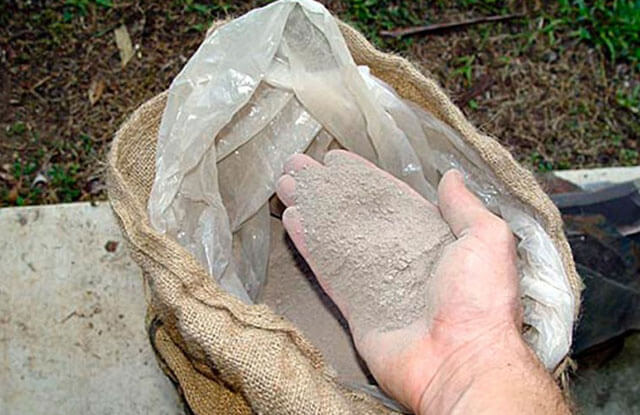

A feature of chamotte is the following:
- It does not crumble when exposed to high temperatures.
- The material is resistant to environmental influences.
- The original form remains unchanged over time.
For the manufacture of this popular building material, fireclay is also often used. The method of using the kaolin mixture when laying stoves and fireplaces was discussed by us above. Refractory bricks, as you remember, are laid exclusively on fireclay mortar. The result is a structure that can withstand temperatures up to 1600 ° C.
Since fireclay bricks are much more expensive than ordinary bricks, they are most often used for the manufacture of only those parts of the stove or fireplace that are in direct contact with the fire: furnaces, chimneys.It is also used to make all sorts of production plants for the metallurgical, chemical and manufacturing industries. These can be boilers, blast furnaces, fuel chambers.
We invite you to familiarize yourself with: Wood-burning stove for the Varvara bath
Practical tips for using the mixture
If you break the generally accepted rules for laying stoves, then even with very high-quality mixtures, you can get a frank marriage. What do the professionals advise?
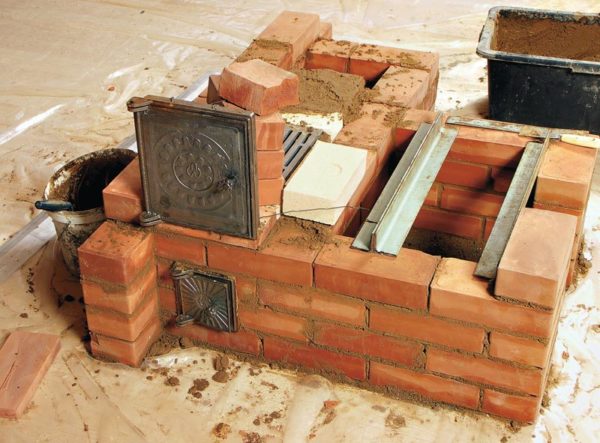

The quality of the oven masonry depends not only on the solution
- Clay should be mixed only with a special mixer; a uniform composition can never be achieved manually.
- The solution can be left on indefinitely. After drying, water is added and the composition is mixed. This cannot be done with cement-based solutions, after hardening they cannot be corrected.
- It is allowed to work only at temperatures not lower than + 10 ° С. The bricks must be dry, the rate of moisture absorption does not affect the strength parameters.
- The first time the stove can be slightly heated no earlier than three days after the end of the laying. It is categorically not recommended to rush, if the recommendation is violated, large cracks may appear through which smoke enters the room.
- For laying the outer row of the outer chimney, cement should be added to the mixture. Ordinary clay with sand is afraid of moisture and is gradually washed out on the street. The cement slurry does not react to the negative effects of natural precipitation.
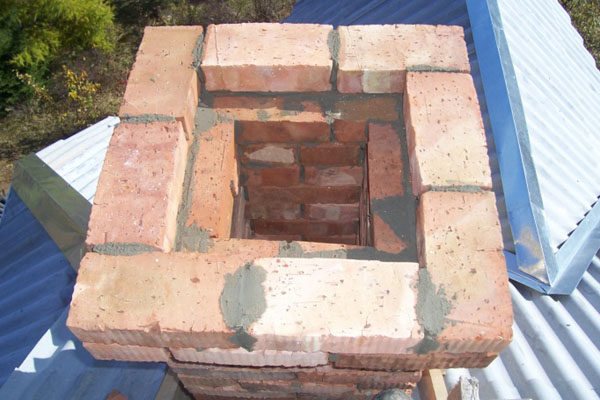

For laying the chimney, use a mortar with the addition of cement
On poor-quality seams after the first furnace, efflorescence may appear, white traces are visible on the surface. This is a very unpleasant phenomenon, it is removed over a long period of time. Efflorescence should be carefully scraped off, and then the surface should be trimmed with a damp cloth. Such actions will have to be repeated until the salts are completely eliminated.
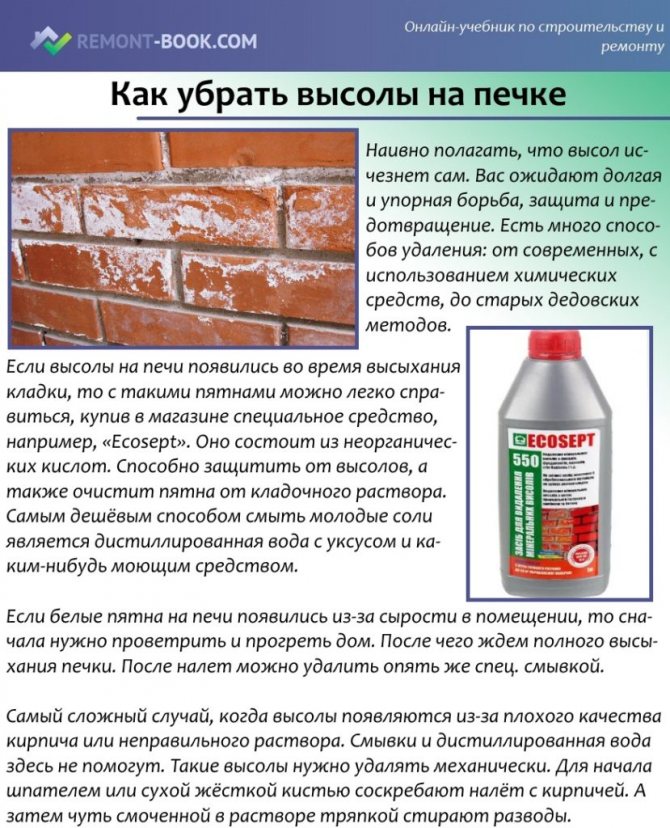

How to remove efflorescence on the stove
The work of a stove-maker requires not only theoretical and practical knowledge, but also great responsibility of the performer. This is one of the few construction works where assistants are not involved, all operations are performed by the master personally and is fully responsible for the results of his work. Even a slight deviation from the recommended technologies becomes the cause of a marriage; it takes a lot of time and money to eliminate it.
c2fc0120e3949c5232dc1181bdf8c449.jpe
Advantageous properties of clay
Refractory clay has some advantage over other materials due to the following characteristics:
- Long service life. A solution of chamotte clay does not crack, does not crumble and keeps its original shape for a long time.
- High adhesive properties, due to which the material adheres perfectly to any surface.
- Water vapor permeability.
- Ability to withstand strong enough heat.
- Safety and environmental compliance.
Firing clay at home
If you want to give your handicraft a long life, then firing is a must. So that during this process the product does not lose its shape and does not crack, it is very important to observe the clay firing technology in accordance with its standards. Due to the effect of high temperature on the clay, the product gains strength, it “turns to stone”. And if, after all the required manipulations, cover with glaze, then your object of creativity can be used in everyday life.
Nowadays, the practice of firing clay at home is very popular. There is nothing difficult here, except that you should adhere to safety precautions and have the necessary space, sufficient power for firing.
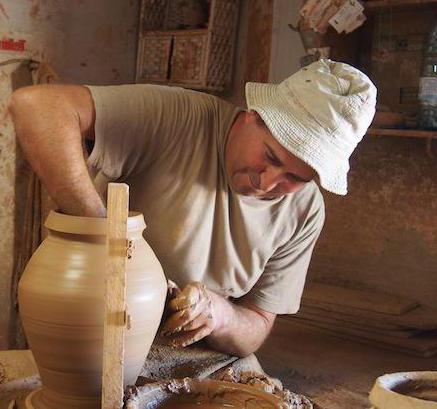

Clay preparation steps
It is very important for home craftsmen to know how to prepare fireclay clay for laying stoves. To do this, you can use the following scheme:
- Take a package of powder and pour it into a previously prepared container.
- The powder is poured with water and left to swell for three days.
- After this time, water is added again and the clay is mixed at the same time. The process continues until a homogeneous mass is obtained.
- In some cases, the addition of sand is allowed.
In the process of working with clay, it is necessary to constantly stir the solution, the quality of work depends on this. In addition, it is important to pay attention to the consistency of the solution, it is recommended to add water to a too thick composition, and powder to a liquid one. It is especially important to fulfill this condition when laying a furnace using refractory clay.
The amount of water in the solution plays an important role: the dry composition crumbles and crumbles, the liquid one flows down the working surface. Therefore, it is very important to know how to dilute fireclay clay for laying furnaces. When calculating the water used, it should be borne in mind that a solution of normal consistency resembles thick sour cream.
Variants and technology of solution preparation
For the masonry of stoves, the proportions of clay and sand are selected, based on the characteristics of the available materials. If the clay is oily, the proportion of sand is increased; if the clay is lean, less quartz. As a result, a good composition for the oven is obtained empirically.
How to mix the solution correctly
The clay is pre-soaked in water for 2 - 3 days.
Prepare the masonry composition according to several "recipes". The technology of the most accessible method:
- The clay is soaked for 2-3 days in a wooden box or in a tin trough. After 3 days, put sand and, putting on boots, trample the mixture until all the lumps are broken.
- Then the solution is kneaded with a rammer and hands to crush all small lumps.
- A normal mortar suitable for building a kiln slides off the shovel, but does not drain. If you put a layer of 3-4 mm between 2 bricks, after 5 minutes the stones will no longer come off each other.
- If the mixture is too greasy, add sand - no more than 15% of the volume, and repeat all the manipulations.
The following method is recommended if normal clay is used.
- First, they construct a wooden flooring with sides - a striker.
- Clay is laid on the firing pin in layers and moistened with water. When the material has softened, it is turned over, raked into piles and beds, leveled and flogged into chunks with a shovel. All these operations are repeated until the solution becomes completely homogeneous.
Sand to clay ratio
For oily clay, the proportions of sand are increased, for skinny ones, they are reduced.
The volume and ratio of ingredients vary widely. The best combination is the ratio of sand to clay 1: 2 or 1: 1. The volume of water is approximately ¼ of the amount of the mineral.
In fact, the proportions are determined by the fat content of the mineral. With a high fat content, 2 parts of clay may account for 4 parts of sand. If the material is lean, the proportion of sand is halved.
Main components
To prepare a heat-resistant oven solution, you will need sand, water and clay. The clay should be of medium fat content. In professional language, clay is called oily, skinny and normal. The fat one has a risk of cracking, and the skinny one does not hold its shape well and will begin to crumble over time.
| The suitability of the clay for masonry is determined by squeezing a ball between two wooden planks. The material should shrink and not crack (compression is not less than 30% of the volume before cracks appear). |
Another important ingredient is sand. White quartz sand is used for laying the firebox (the proportion of clay in it is no more than 2%); it is not recommended to use yellowish sand for preparing a refractory mixture. The sand should have a grain size of up to 1 mm. It is desirable to use monofraction raw materials, such sand consists of the same round quartz grains. Polyfractional sand has a mixed grain size - it will be more difficult to find the right amount for the mixture.
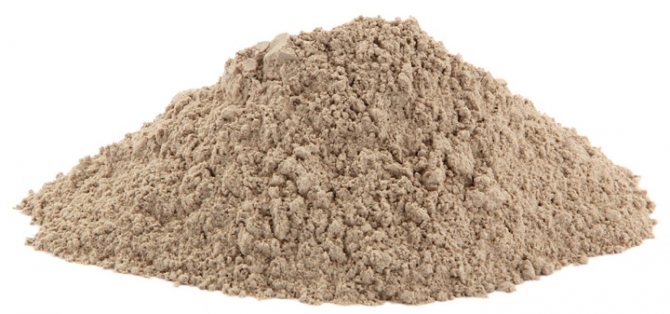

A shovel is suitable for working with sand.
Sand can be mined on your own if there is a suitable source nearby. If the sand is taken from the river bank, then it should not contain large particles of organic matter such as silt or algae. Small organisms will still be present in it, so your own sand must be prepared in advance. In production, it is usually subjected to heat treatment. On your own, the sand mass must be rinsed with water. The sand is preliminarily passed through a sieve with meshes of 1 - 1.5 mm.
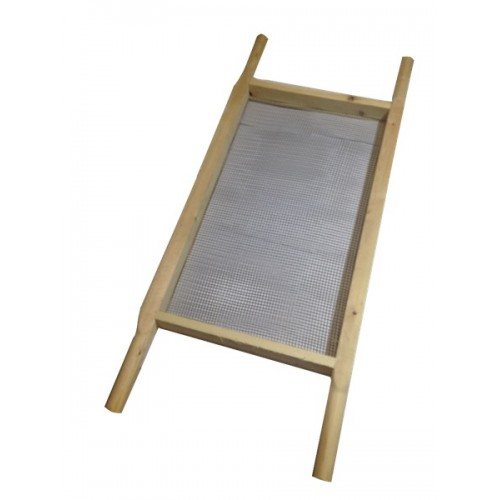

The sieve can be of various shapes, the most common option is a rectangular construction sieve.
The proportion of sand is selected based on the fat content of the clay. Usually the ingredients are mixed in a ratio of one part clay to three or two parts sand. For self-control, you can mix a test portion of the solution. To check, cylindrical sausages are rolled out of clay with different amounts of sand, which, after drying, are wrapped around the handle of a shovel or other cylindrical object. The mortar, normal for masonry, cracks on the surface, inside the sausage remains damp. The absence of breaks indicates that the solution is too greasy; large breaks appear at the full depth on the lean solution. It is better to take water for the mixture slightly acidic with an average level of hardness. The liquid must not contain algae or other organic elements. If it gets into the solution, even a small fraction of organic matter will contribute to the destruction of the masonry in the future.
Selection of mixtures for structural elements of the furnace
Refractory fireclay mortar is necessary for laying the firebox and elements close to an open fire
To choose masonry materials, it must be borne in mind that the stove consists of several elements:
- The foundation pillow is a monolithic element built separately from the foundation of the house.
- The base of the furnace is not exposed to temperature stress, therefore it is built of red solid brick. Lime or lime-cement mortar is suitable for masonry.
- Fire blind area - represented by a sheet of asbestos or mineral cardboard, on which there is an iron sheet and felt with clay impregnation.
- The massif of the furnace - due to the increased effect of hot flue gas on the structure, is built of ceramic bricks on clay mortar.
- The furnace is very hot, therefore it looks like a monolith on a clay-fireclay mortar of a refractory type.
- The beginning of the chimney - heats up to 400 degrees, which provides for laying on a mixture with a clay base.
- An otter, or fluff, is an element that connects the chimney and the ceiling. The temperature and aggressive effect on it is minimal, so a lime composition is suitable for standard bricks.
- Fire-fighting cutting - a heat-insulating metal box for which no mortar is needed.
- Chimney and fluff - exposed to wind, chemicals. They are mounted with a red solution.
Lime mixture
Lime mixture is used for laying outdoor stoves, as it does not absorb water
Refractory mixture for ovens consists of sand, lime dough (1 part quicklime 3 parts water). For self-preparation, you will need to sift the sand, mix it with the dough in a 1: 3 ratio and add water until sour cream is thick.
The heat resistance of the product ranges from 450 to 500 degrees, but it is non-hygroscopic. The product is used outdoors to treat the part of the pipe protruding above the roof covering. Due to the toxicity and duration of the fight, lime materials are best used outdoors.
Cement mix
Cement-based mortar is used in foundation construction
They are classified into three types:
- Cement - for preparation requires water, cement and sand. High strength and low gas density allow the use of compounds for the construction of the foundation.
- Cement-clay - strong mortars, with the help of which the thermal part of the fireplace and the beginning of the chimney are laid out.
- Cement-lime - mixtures are strong, but differ in insignificant gas density. Suitable for the construction of fireplaces, foundations, chimneys.
For self-production, you will need to mix 1 portion of cement with 1-3 portions of additives and 6-15 portions of sand.
Clay mixture
The material is suitable for the construction of a kiln array. Ideal mixture - does not crumble, has a homogeneous structure without lumps and the consistency of sour cream. Factory materials are made on the basis of:
- white clay - increases the fire resistance of the mass, is suitable for the construction of wood-burning stoves with heating the furnace up to 1000 degrees;
- fireclay clay is a versatile product that ensures the strength of the furnace structure at any temperature.
In order to increase the strength, you can add to the solution:
- table salt or sodium chloride - 100-150 g is needed for 1 bucket;
- Portland cement - for 1 bucket, you will need from 500 g to 1 kg of product.
We suggest that you familiarize yourself with the Remedy for mold and mildew on the walls in the apartment: which anti-fungal and antifungal antiseptic is the best against fungal colonies
Varieties of clay for the oven
High-quality clay lies at a depth of 5 meters, higher layers are not suitable for furnaces
The quality of the composition is determined by the fat content of the base. According to this criterion, clay is divided into three types.
- Oily is the most plastic. However, when it dries, it cracks and greatly decreases in volume, due to which the furnace structures are deformed and destroyed.
- Medium fat is the best option. Dries with moderate shrinkage, does not crack. Possesses good adhesion, strength, heat resistance, hygroscopicity.
- Skinny clay has the lowest adhesion rates. It is dryish, quickly becomes covered with cracks, which leads to scattering of the masonry.
Finding quality material is a great success. Good clayey layers are found at a depth of five meters. The upper layers have a high content of sandy impurities and humus. This type is not suitable for ovens.
Manufacturers of ready-made kiln solutions
Masonry mortar Plitonite refractory
Russian consumers can purchase compositions of domestic and foreign production. There are heat-resistant, fire-resistant and standard masonry materials on the market.
Plitonit
Domestic brand that produces furnace solutions according to German technologies. Popular products include:
- Thermal lining. An economical tool for repairing and masonry of external parts of fireplaces and stoves;
- Refractory. A mixture with reinforcing components, used for the construction of a combustion chamber made of heat-resistant bricks;
- Hot melt glue. The adhesive on which the ceramic tiles sit. The glue is also used as a plaster.
The proportions for mixing are indicated in the instructions, depending on the type of composition.
Stove-maker
Refractory mortar for masonry The stove is made on the basis of clay and cement ingredients. It has a high water-repellency, ensures the strength of the hitch. The peculiarity of the stove masonry mixture is that heat-resistant products can withstand heating up to 1350 degrees. The advantages of the material include heat resistance, ease of use and reliability of the seam. The disadvantages are high consumption due to its quick adhesion.
Bossnab
Terracotta - dry mortar based on chamotte clay
Russian products based on red clay and quartz sand make it possible to mask the seam. The mixtures are produced in two series:
- Budget. Inexpensive formulations in the form of a mix of red clay and sand. The materials are suitable for interior work and are characterized by low consumption - 25 kg is enough for 90 bricks;
- Premium. They are characterized by resistance to temperature fluctuations. Plasticizers and lignosulfates in the composition allow for outdoor laying.
Terracotta
Heat-resistant products are made of kaolin clay, chamotte and sand, and are environmentally friendly.A plastic solution allows you to form a strong seam that can withstand heating up to 1300 degrees. The masonry line is uniform, the composition is easy to apply. The manufacturer recommends sieving the material to remove large grains of sand and working with soaked bricks.
When building a furnace yourself, you need to choose the right materials. Ready-made factory mixes eliminate time-consuming preparation of a solution and preparation of ingredients.


